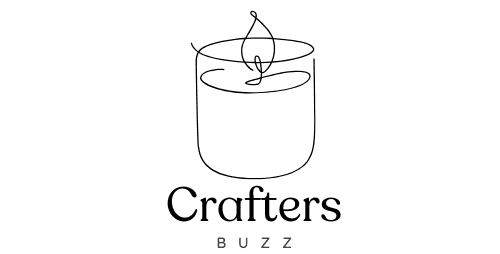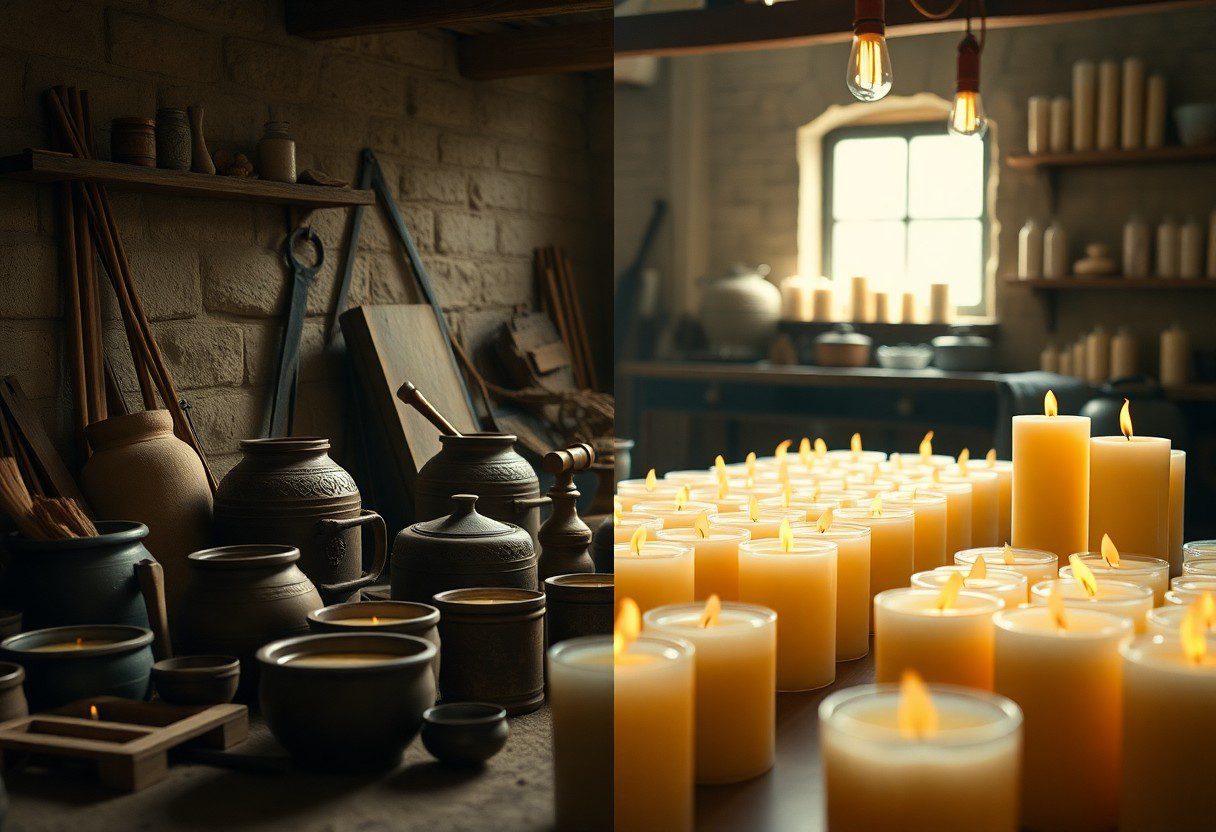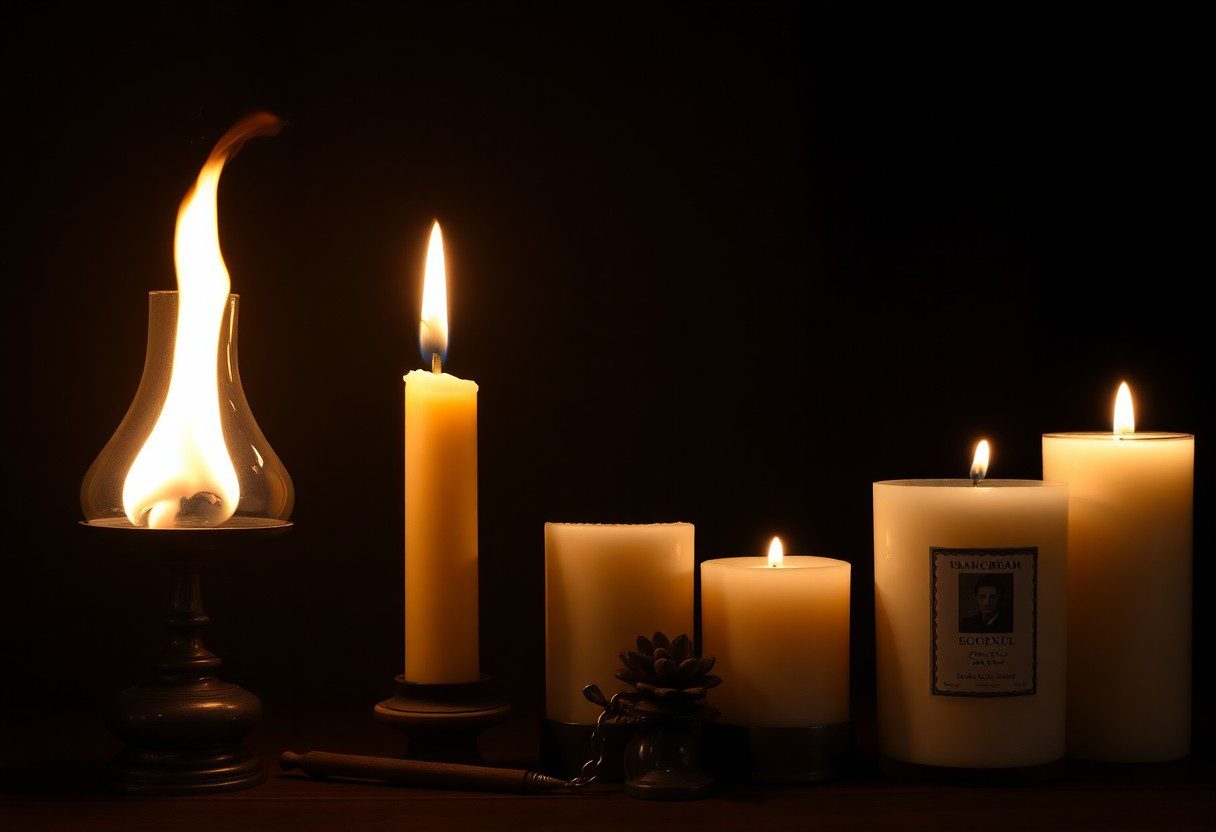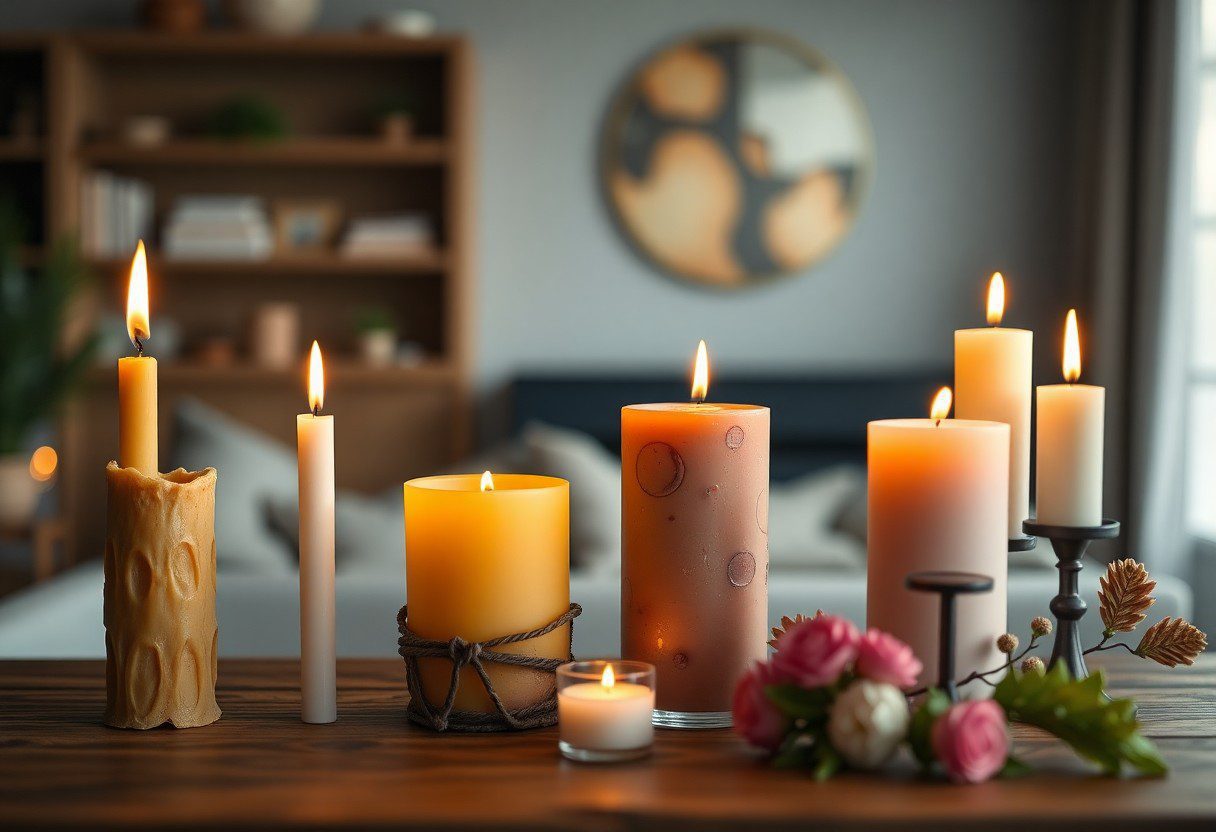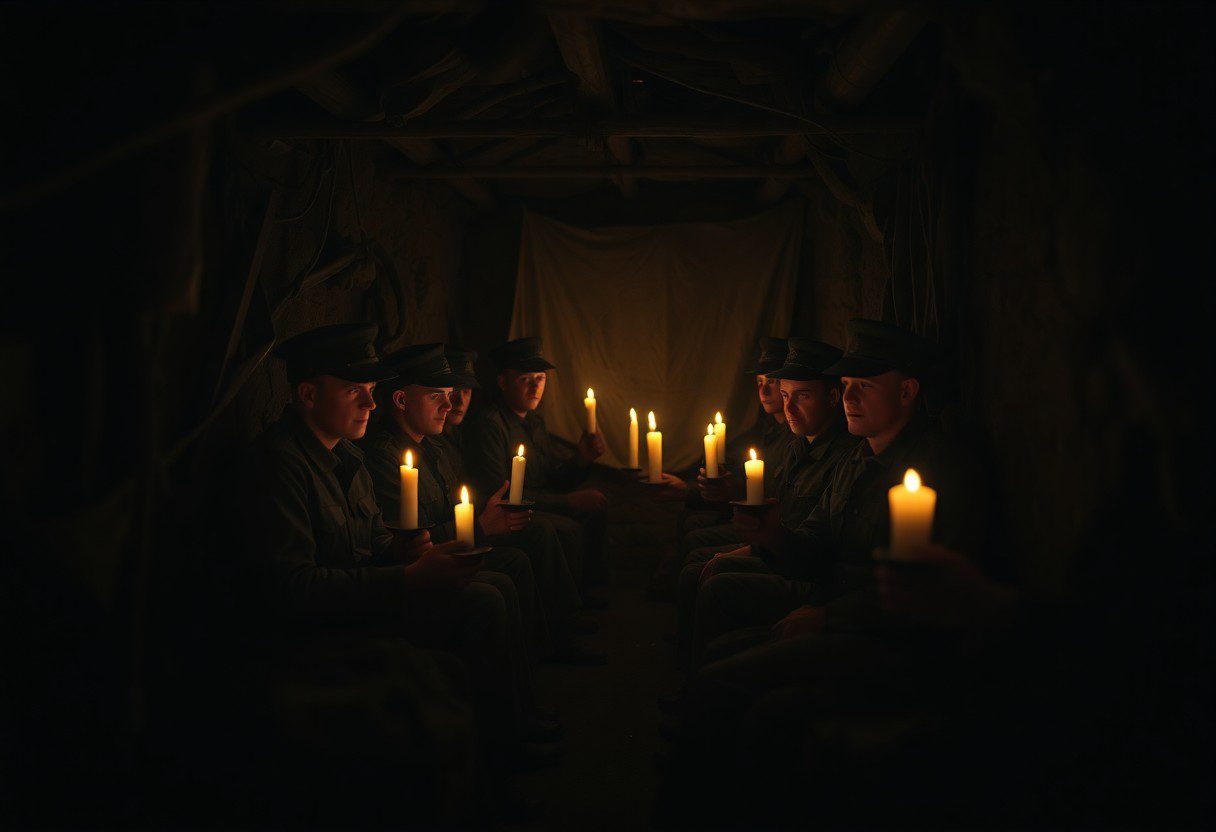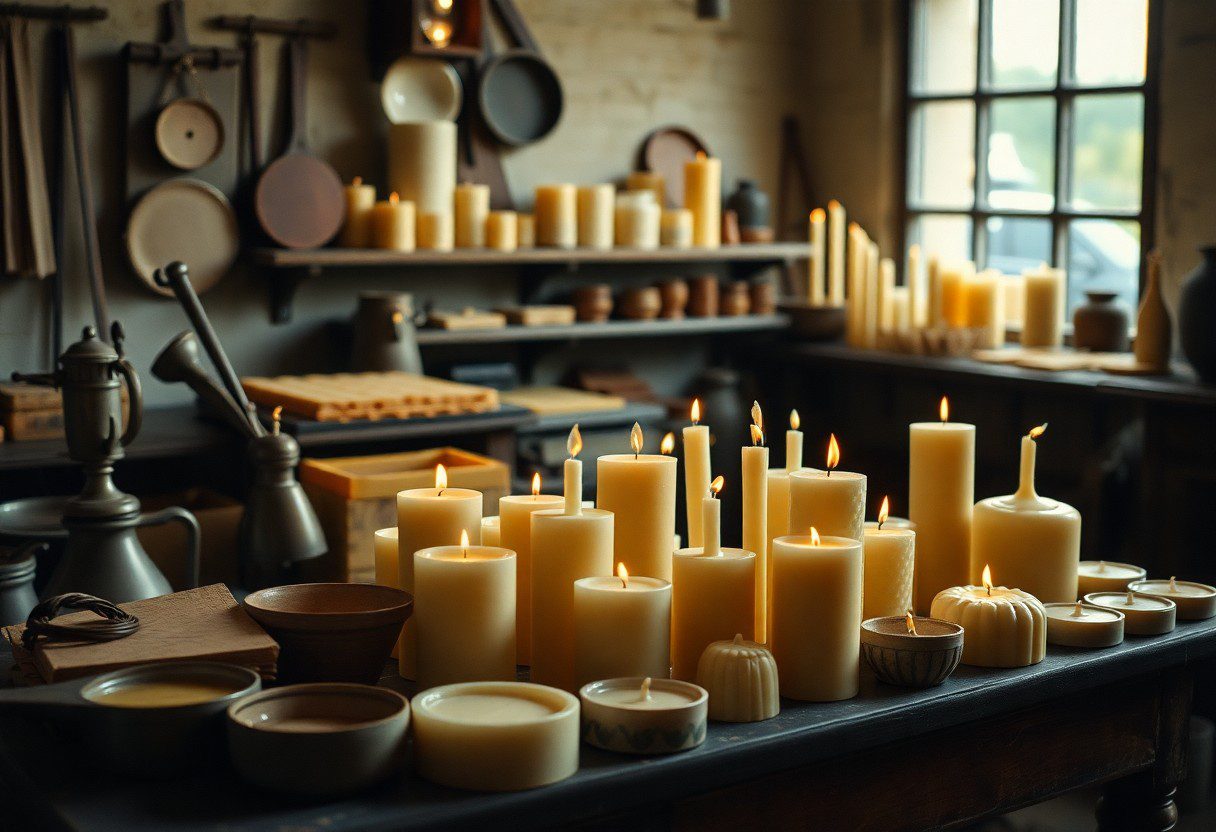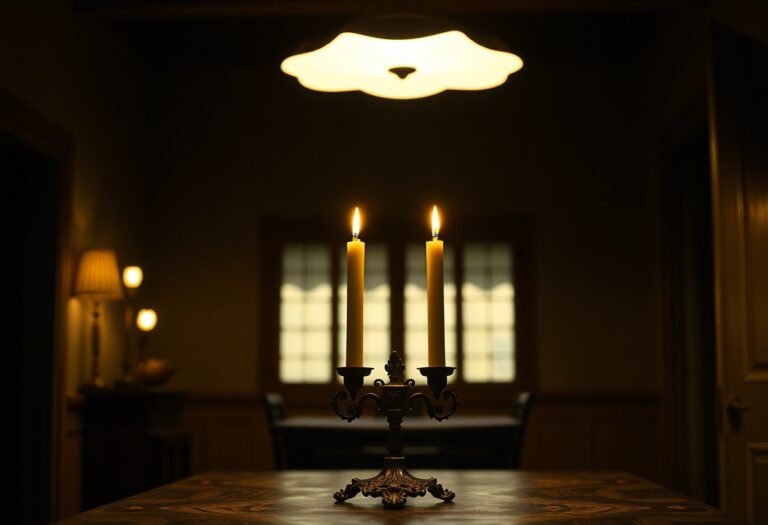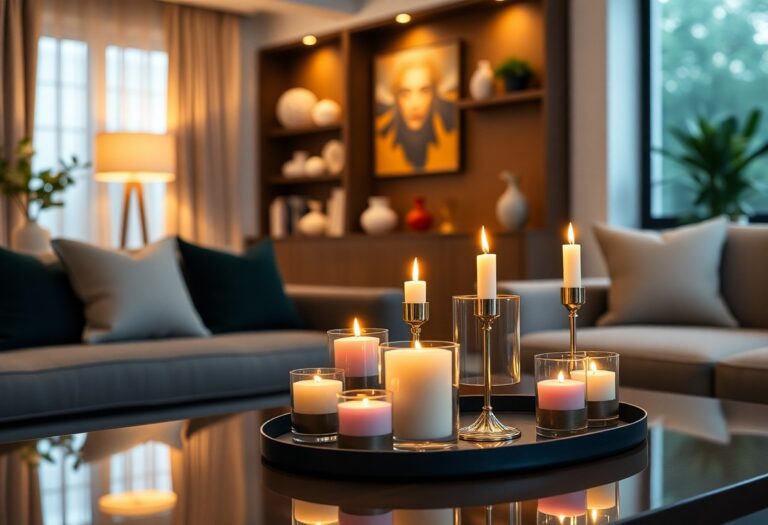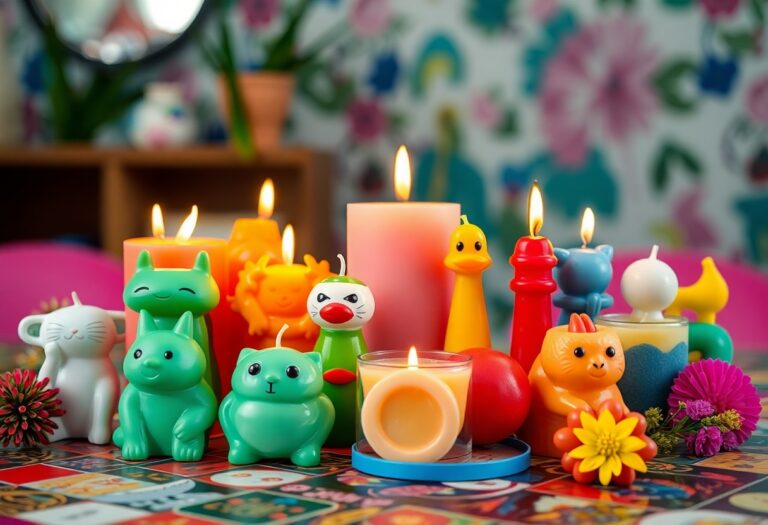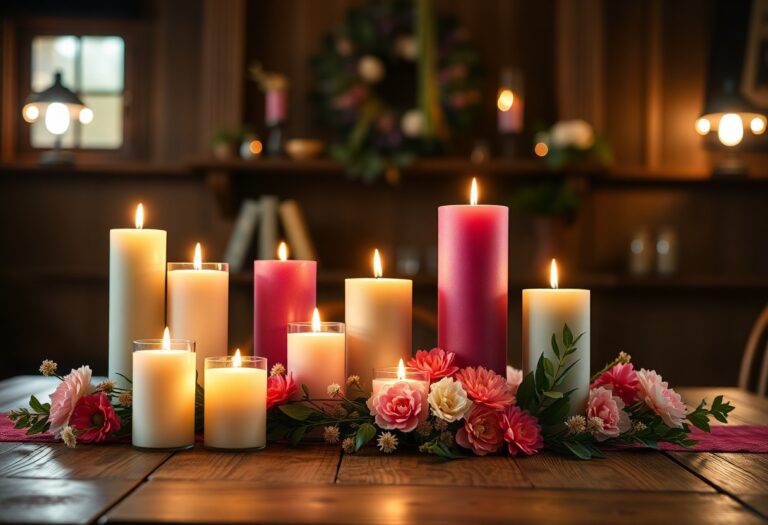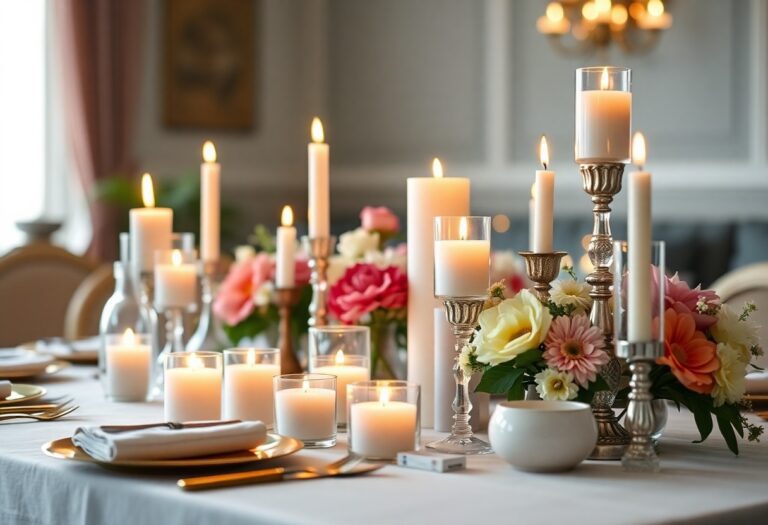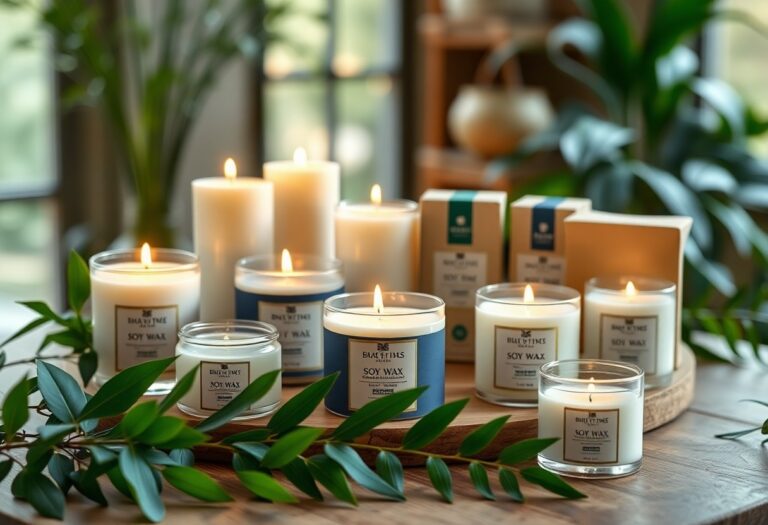The Cultural Journey Of Candles – From Primitive Light Source To Modern Home Decor
Decor plays a significant role in your environment, and candles have undergone a fascinating evolution throughout history. From their origins as a vital light source in ancient times to their current status as a sought-after element of aesthetic home design, candles reflect culture and innovation. You’ll discover how these humble creations transitioned from practical use to modern art forms, enriching both your space and your experiences, while also celebrating their symbolism in various traditions around the world.
The Origins of Candle Making
For many centuries, candles have illuminated the lives of people around the world. Your understanding of candle making can be traced back to ancient civilizations, where the need for light led to the creation of these necessary tools. Initially, candles served a practical purpose as providers of light during the long nights and dark periods of winter. However, as time progressed, they began to take on more significance within various cultures, evolving from simple light sources into symbols of hope, faith, and celebration.
Early Materials and Techniques
An assortment of materials has been utilized to create candles throughout history. You might find it fascinating that early civilizations relied on organic substances like tallow (animal fat), beeswax, and even plant oils to form their candles. Techniques were rudimentary; for instance, early candle makers often dipped wicks into melted fat repeatedly until they reached the desired thickness. This labor-intensive process not only provided light but also utilized readily available resources in their environments, making it an accessible craft for many.
Cultural Significance in Ancient Societies
Before the advent of electricity, candles took on distinct cultural roles across various ancient societies. They were often used in *religious ceremonies*, symbolizing purity and the divine light of the gods. In addition to their spiritual connotations, candles were associated with marking *important life events*, such as births and weddings. Various cultures imbued candles with their unique beliefs and practices, leading you to discover rich traditions surrounding their use.
This significance has endured through the ages, with candles representing various concepts beyond mere illumination. Throughout history, you might realize that the flickering flame of a candle has become a powerful symbol of *hope and remembrance*, particularly during *times of mourning* or solemn commemorations. Additionally, many ancient rituals incorporated the lighting of candles as a means to foster a connection between the material and spiritual worlds. Whether it was in temples, homes, or public spaces, the universal presence of candles has shown your intrinsic desire for light and meaning in our lives.
Candles in Religious and Spiritual Practices
There’s no denying that candles hold a significant place in religious and spiritual practices across various cultures. Their flickering flames are often seen as a bridge between the earthly and the divine, serving as a medium for prayer, meditation, and reflection. Throughout history, candles have illuminated sacred spaces, symbolizing hope, enlightenment, and devotion. You may be interested in exploring how lighting has evolved by checking out this History of Lighting Through the Ages, Recreate Period … resource. Here, you will discover fascinating insights into how candles have shaped spiritual practices over time.
Symbolism in Various Cultures
By delving into the symbolism of candles, you will find that they represent different meanings in distinct cultures. For example, in Christianity, candles are used during services to signify Christ as the Light of the World. In Hinduism, lighting a candle or diya during festivals like Diwali symbolizes the victory of light over darkness, knowledge over ignorance, and good over evil. These meanings extend to various other faiths, where the flame is often perceived as an embodiment of the soul or a source of divine energy, encouraging personal reflection and growth in your spiritual journey.
Usage in Rituals and Ceremonies
To comprehend the significance of candles in rituals and ceremonies, consider how they create an atmosphere of serenity and focus. Whether it’s a wedding, memorial service, or a simple meditation session, candles play a vital role in enhancing the spiritual experience. Their soft glow encourages participants to enter a state of mindfulness, prompting deeper connection and contemplation.
Religious practices frequently include the use of candles during important ceremonies. For instance, in many churches, the lighting of candles symbolizes prayers ascending to heaven, while in Jewish traditions, the menorah is lit during Hanukkah to commemorate a miracle. The act of lighting a candle can create a powerful sense of community, binding participants together in shared beliefs and intentions. In some cultures, the use of multiple candles during rituals supports the intention of illuminating one’s path and seeking guidance from higher powers, transforming simple celebrations into profound spiritual experiences.
The Evolution of Candle Design
Assuming you’ve noticed the remarkable transformations candles have undergone throughout history, you might find it intriguing to explore how they have evolved from mere tools for illumination to intricate pieces of modern home decor. As societies progressed, so did the methods and materials used in candle making, prompting updates in their appearances, shapes, and functions. Today, candles are not just about providing light; they serve as symbols of ambiance, relaxation, and sophistication in your living spaces.
From Functional to Decorative
One of the most significant shifts in candle design is the transition from purely functional to aesthetically pleasing items. Initially, candles were crafted with practical purposes in mind, mainly to provide light in homes. As advancement in technology and electricity reduced the necessity for candlelight, artisans began to explore the artistry involved in candle creation. Today, you can find candles in various shapes, colors, and fragrances that not only illuminate a room but also enhance its decor. This shift highlights the importance of personalization, allowing you to select candles that resonate with your style and can transform the atmosphere of any space.
Influences of Historical Art Movements
Design has invariably been shaped by the ebb and flow of various historical art movements, and candle design is no exception. From the ornate embellishments of the Baroque period to the minimalistic approaches of modernism, each era has left its mark on how candles are crafted and perceived. You’ll notice that different styles are incorporated into candle aesthetics, whether it’s the intricate designs reflecting the Romantic era or the clean, geometric shapes of Contemporary art. These artistic influences have broadened the range of designs available today, allowing you to curate a candle collection that embodies various artistic visions.
This fascinating interplay between candle design and historical art movements emphasizes how cultural trends, societal needs, and artistic expression work together to shape the objects we use in our daily lives. By understanding these connections, you may find deeper appreciation for the candles in your home, recognizing them not just as sources of light or fragrance, but as reflections of a rich cultural narrative.
The Industrial Revolution and Mass Production
Despite the longstanding significance of candles as a primary light source, the onset of the Industrial Revolution dramatically transformed their production and design. The introduction of machinery allowed for the mass production of candles, making them more accessible to a wider audience. Instead of being crafted individually by artisans, candles could now be produced in large quantities, leading to a significant drop in costs. You may find it interesting to note that materials like paraffin wax, which became available during this period, played a key role in enhancing the quality and efficiency of candle-making processes.
Advancements in Candle Making Techniques
Before this industrial shift, candle production relied heavily on labor-intensive methods that often produced inconsistent results. With the advent of new technologies, such as the steam engine, manufacturers were capable of producing candles quickly and uniformly. Improved techniques, like the introduction of molds and the use of stearin, revolutionized the way candles were made, labeling them as not just functional items, but also decorative pieces. You can appreciate how these enhancements led to a variety of shapes, sizes, and colors, allowing consumers to express their individuality through their candle choices.
Impact on Accessibility and Popularity
Industrial developments not only facilitated increased production but also enhanced accessibility for diverse income groups. With lower production costs, candles became a staple in households across various social classes. This not only expanded your options in terms of brands and varieties but also shifted the perception of candles from a luxury item to an everyday necessity. You might find it intriguing that this surge in popularity encouraged families to include candles in rituals and celebrations, further solidifying their role in both practical and cultural contexts.
Indeed, the impact of the Industrial Revolution on candle accessibility helped to solidify their place in popular culture. Manufacturers could produce them in styles that catered to different needs, from basic functional candles for lighting to decorative options for home ambiance. With enhanced availability, candles became integral to holiday celebrations, special occasions, and even everyday life, facilitating a sense of warmth and comfort in your home. This shift marked a significant transformation in the way you might view candles—no longer just a tool for illumination, but also a means of personal expression and atmosphere creation.
Contemporary Candle Trends
All around the world, candles have transcended their original purpose as mere light sources to become a staple in modern home decor. You can easily find various styles, colors, and scents to suit your personal taste, as candles have evolved into functional art pieces that enhance your living space. Furthermore, the rise of artisanal craftsmanship has introduced unique designs and limited editions, turning each candle into a statement piece. If you’re fascinated by this transformation, you might want to read more in Illuminating History: The Evolution of Lighting Technology …. Today’s candles not only evoke warmth and ambiance but also serve as reflections of cultural expression and personal style.
Scented and Decorative Candles
Before you examine the world of scented and decorative candles, it’s important to understand how deeply intertwined they are with mood and atmosphere. The allure of fragrances can transport you to different landscapes, evoke cherished memories, or create a cozy ambiance in your home. Modern candles come in an astonishing variety of scents, from calming lavender to invigorating citrus, allowing you to tailor the experience according to your desires. Whether as part of a ritual or simple enjoyment, these candles can play a vital role in enhancing your overall well-being.
The Rise of Eco-Friendly Options
Along with the shift towards captivating designs and scents, there’s been a growing interest in eco-friendly candle options. Conscious consumers are now seeking products made from sustainable materials that minimize environmental impact. Companies are increasingly offering candles made from natural waxes, such as soy or beeswax, instead of traditional paraffin, which is derived from petroleum. This movement not only supports the planet but also ensures that the air you breathe is free from harmful chemicals often released by non-eco-friendly candles.
For instance, many brands now make an effort to source their materials ethically and use biodegradable packaging. This growing trend addresses the need for a sustainable lifestyle while still indulging in the pleasures of candlelight. It’s worth noting that eco-friendly candles often burn cleaner and longer, which can indeed help enhance your enjoyment even further. As a modern consumer, you have the power to make choices that reflect your values in both aesthetic enjoyment and environmental responsibility.
The Role of Candles in Home Decor
Now, as you explore into the world of home décor, it’s undeniable that candles play a significant role in elevating your living space. They serve not only as functional lighting but also as versatile decor pieces that can complement various styles and themes. From cozy evenings to festive gatherings, the flickering glow of candles creates a warm and inviting atmosphere, enhancing your emotional experience within your home. By strategically placing candles in various locations, you can enhance your home’s aesthetic and transform the ambiance instantly, allowing for moments of tranquility and serenity.
Aesthetic Appeal and Ambiance
With your home being a reflection of your personality, candles provide an effortless way to achieve the desired aesthetic and ambiance. You can choose from an array of shapes, sizes, and colors to fit any room or occasion. For instance, minimalist designs can add sophistication to modern spaces, while ornate candlesticks can evoke a sense of tradition in a rustic setting. When lit, the soft, dancing light creates a visually striking element that can complement artwork or architectural features, making your space feel polished and inviting.
Candles in Modern Design Practices
An important aspect of contemporary design practices is the deliberate use of candles to not only enhance aesthetics but also promote well-being. Designers increasingly incorporate candles as part of the overall sensory experience of a room. This trend includes playing with scents, textures, and placements that reflect your unique style. By integrating candles into your decor, you can establish a cohesive look and feel that resonates with your lifestyle choices and preferences. Their ability to blend seamlessly with various design elements makes them a favorite among interior designers and home decorators alike.
To fully embrace the modern use of candles in your home, consider the spatial dynamics and lighting arrangements that enhance their impact. Opting for scented candles can invigorate a space while adding distinct characteristics to each room. Grouping candles of varying heights and sizes can create visual interest, drawing attention to specific areas. Finally, remember to consider your safety; using candles in areas where they are secure and monitored will allow you to enjoy their beauty without concern. By mindfully incorporating candles, you can evoke comfort and elegance in your home decor.
To wrap up
To wrap up, you have explored the fascinating evolution of candles, tracing their journey from primitive light sources utilized by ancient civilizations to their status as modern home decor staples. You have learned that candles served practical purposes in early history, providing necessary illumination and even acting as tools for rituals and celebrations. In your own home, you are now able to appreciate how candles can create ambiance, evoke emotions, and enhance your personal space, blending history with contemporary aesthetics.
As you consider adding candles to your decor, you might reflect on their rich cultural significance. Not only are they versatile in their forms and uses, but they also carry the stories of different cultures and traditions. By choosing candles that resonate with you—whether through design, scent, or symbolism—you can elevate your home environment while connecting with this timeless artifact that has illuminated lives for centuries. Embrace the power of candles, and let them enrich your surroundings as they have done for countless generations before you.
Q: How did candles evolve from a basic light source to decorative home items?
A: The evolution of candles began in ancient times when they served the primary purpose of providing light. Early candles were made from materials like tallow, beeswax, and later, paraffin, which was discovered in the 19th century. Over time, the manufacturing processes advanced, leading to the creation of more refined and longer-lasting candles. By the 20th century, candles transformed into decorative items as people sought ways to enhance home aesthetics. Today, candles come in various styles, colors, and scents and are often used to create ambiance, making them popular in home décor and celebrations.
Q: What cultural significance do candles hold in different societies throughout history?
A: Candles have held diverse cultural significance across various societies. In ancient civilizations, they were often used in religious rituals and ceremonies, symbolizing light and purity. For example, in Christianity, candles are used during services to signify the presence of the divine. In other cultures, such as during Diwali in India, candles play a vital role in celebrations of light triumphing over darkness. Furthermore, in many traditions, the act of lighting a candle is associated with making wishes, remembrance, or honoring loved ones, showcasing their adaptability and enduring importance across different cultural contexts.
Q: What are the modern trends in candle making and usage in home décor?
A: Modern candle making has seen a resurgence in popularity, particularly with the rise of DIY culture and a focus on artisanal products. Trends include the use of unique materials such as soy wax, coconut wax, and important oils, catering to a growing demand for eco-friendly and natural products. Additionally, candles are now crafted into intricate designs, being shaped into various objects and artistic forms. Many consumers also seek multipurpose candles that blend fragrance and functionality, such as candles that can be used as massage oils. In home décor, candles are frequently styled in decorative holders or as part of curated displays, emphasizing the role of candles in creating a desired aesthetic within living spaces.
